Tired of Greasy Hair? Here’s How to Actually Fix an Oily Scalp
I’ve lost count of how many people have sat in my salon chair, completely fed up with their hair. They’ll say, “I wash it in the morning, and by dinner, it’s already a flat, greasy mess.” It’s this frustrating cycle where the more you wash, the worse it seems to get. It’s a battle so many of us fight, and honestly, it can be really discouraging.
In this article
What’s wild is that while the scalp is having an oil party, the ends of the hair are often dry, brittle, and starving for moisture. The good stuff just isn’t making it down the hair shaft where it’s needed. But here’s the secret: managing an oily scalp isn’t about waging war on your body. It’s about restoring balance. I’ve walked hundreds of clients through this, and it all starts with understanding what’s really going on up there.
By the way, if you want one trick you can try literally today, here it is: change how you use conditioner. Apply it ONLY from your ears down—the part that would be in a ponytail. Your scalp makes its own conditioner. You’ll feel a difference tomorrow morning, I promise.
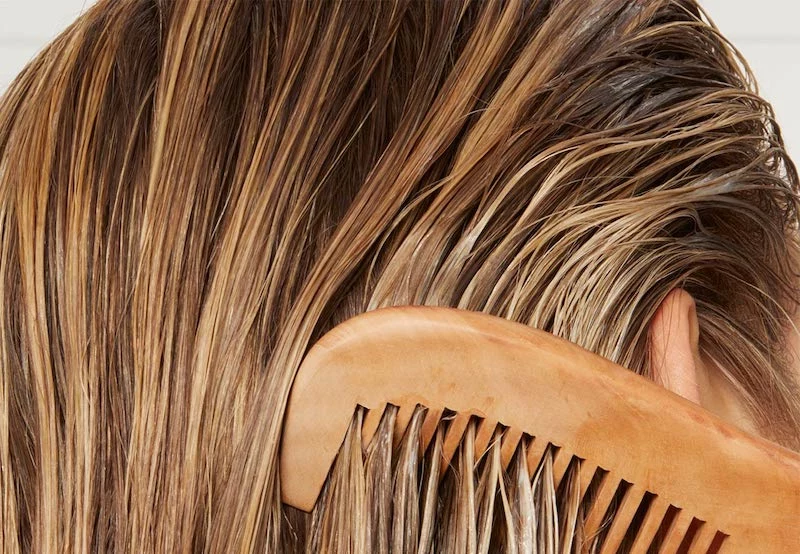
So, What’s the Deal with All That Oil?
Let’s get straight to the point. Your scalp is covered in tiny sebaceous glands, and their job is to produce an oil called sebum. Sebum isn’t the enemy! It’s actually your hair’s natural waterproofing and protection system. It creates a slightly acidic film on your scalp that fends off bad bacteria and fungi.
The problem starts when these glands get a little too enthusiastic and produce too much sebum. Why does this happen? A few reasons:
- Genetics: To be frank, some of us are just born with more active oil glands. If your parents dealt with oily hair, you might be in the same boat.
- Hormones: Big hormonal shifts—think puberty, that time of the month, or pregnancy—can send oil production into overdrive.
- The Wrong Products: This is the big one we can actually control. Using super-harsh shampoos with strong detergents is like taking a power washer to your scalp. It strips away every last drop of oil, which sends your scalp into a panic. It screams, “We’re dry! We need more oil, stat!” and overproduces to compensate. This is that vicious cycle I see all the time.
- Lifestyle Stuff: While I’m a hair pro, not a doctor, it’s well-known that things like chronic stress and a diet high in sugary foods can mess with your hormones, which in turn can amp up oil production.
Once you get that the goal isn’t to strip oil but to calm down your scalp’s oil production, everything changes.
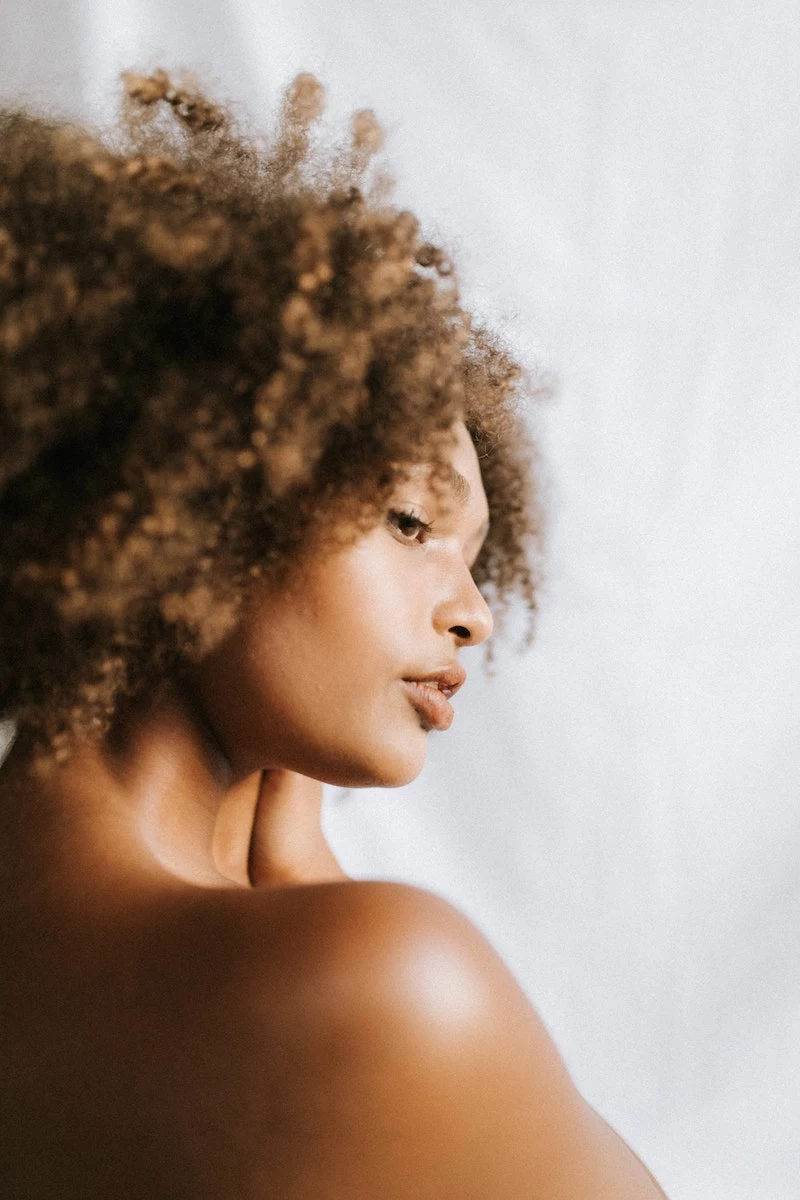
The Scalp Reset: Your Plan to Wash Less
I know this sounds completely backward, but the most powerful thing you can do is to wash your hair less often. We have to retrain your scalp to chill out. It’s going to be a little weird for a couple of weeks, but stick with it. The payoff is huge.
Think of it like this: by constantly stripping the oil, you’re telling your scalp there’s a permanent drought. By leaving your natural oils alone for a bit longer, you send a new message: “Hey, we’re good here. You can slow down.” Over time, the glands will actually start to regulate themselves.
Your Scalp-Retraining Game Plan
Don’t just go from daily washing to once a week. That’s a recipe for misery. Let’s do this gradually.
- Step 1: Go for 36 Hours. If you wash every morning, try to make it to the evening of day two. Yes, it will feel oily. That’s the point! Dry shampoo is your best friend here.
- Step 2: Use Dry Shampoo the Right Way. A common mistake is waiting until your hair is a grease slick to spray it. Nope. Apply it on clean, dry hair right at the roots before you go to bed on wash day. Lift your hair in sections and spray from about 6 inches away. Let it sit for a minute, then massage it in. This lets it absorb oil as it’s produced overnight.
- Step 3: Embrace Updos. Day two and three are perfect for ponytails, messy buns, and braids. These styles hide greasy roots like a charm.
- Step 4: Push to 48 Hours and Beyond. Once you’re comfortable with 36 hours, push for a full two days. Stay there for a couple of weeks. You’ll notice it gets less and less oily on that second day. From there, you can see if you can make it to three days.
Heads up! This process takes patience. Seriously. Give it a solid 4 to 8 weeks. I’ve had clients want to give up around week three, right before the magic happens. By week six, they’re always amazed. Just trust the process.
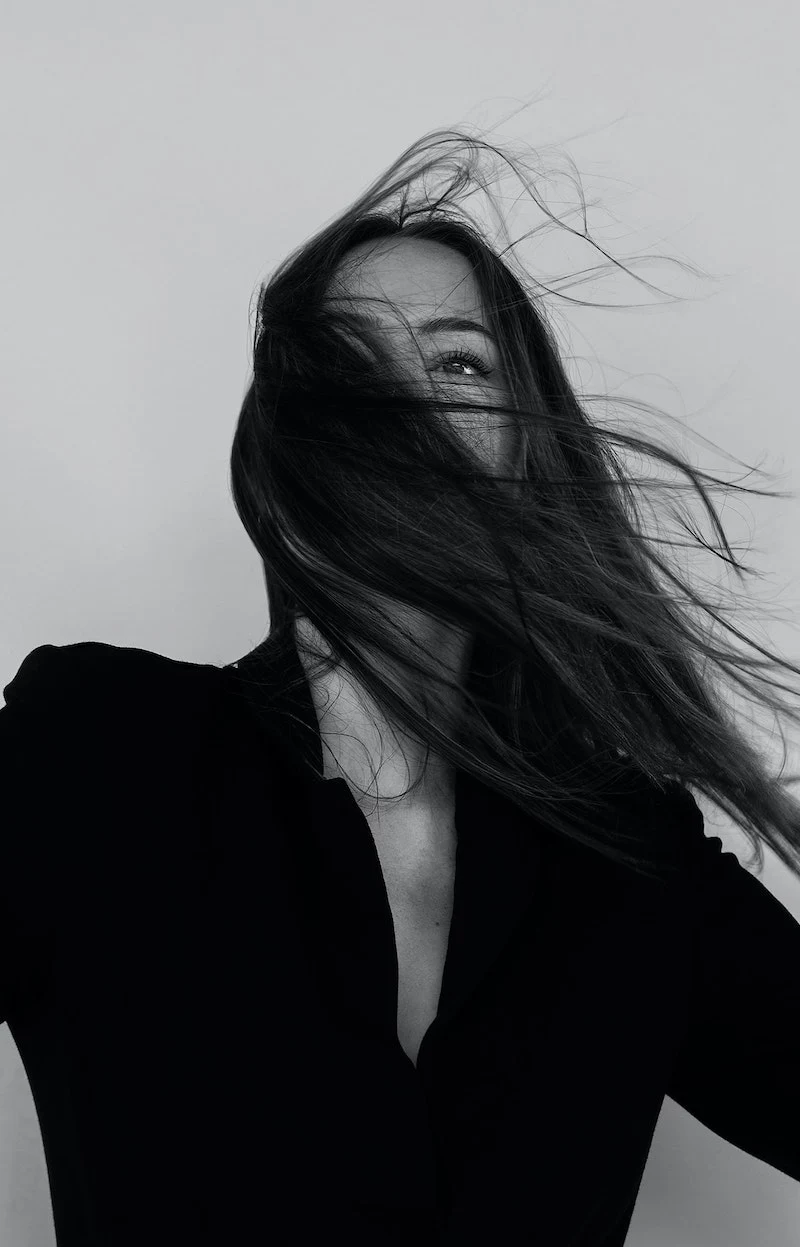
Choosing Your Cleanser: It’s Not Just About ‘Sulfate-Free’
Okay, so
Inspirational Gallery
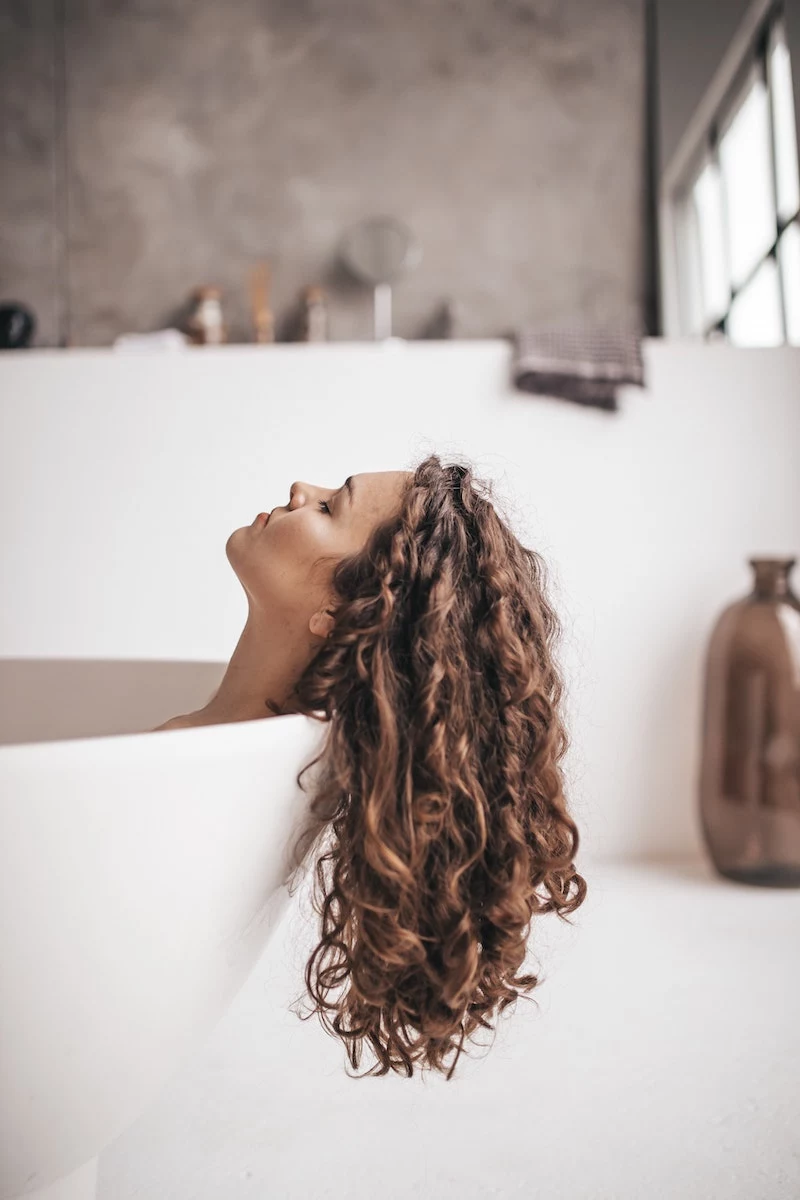
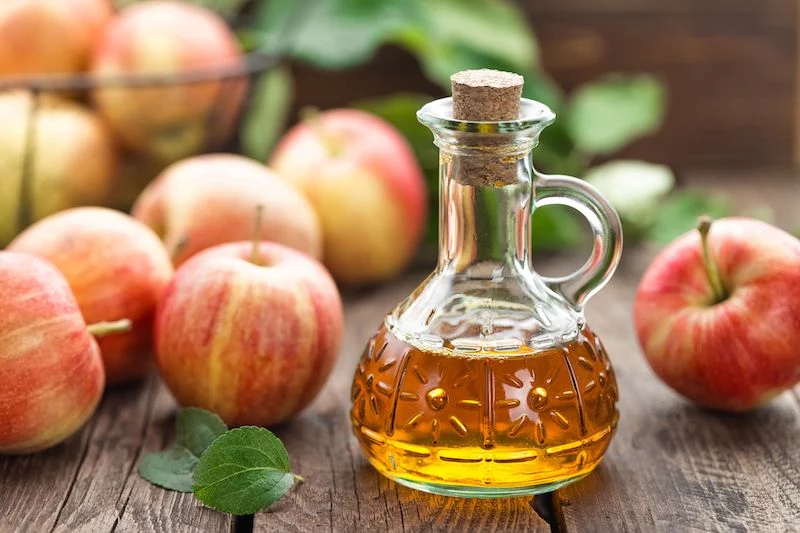
The ultimate night-before trick for fresh morning hair?
It’s all in how you use your dry shampoo. Most of us spray it frantically in the morning, but the real magic happens overnight. Before bed, lightly spray a dry shampoo like Batiste or Klorane’s Nettle Dry Shampoo directly onto your roots. Don’t rub it in yet. As you sleep, the powder has hours to absorb excess oil as it’s produced. In the morning, just brush it out. You’ll wake up with volume and freshness, not a last-minute powdery fix.
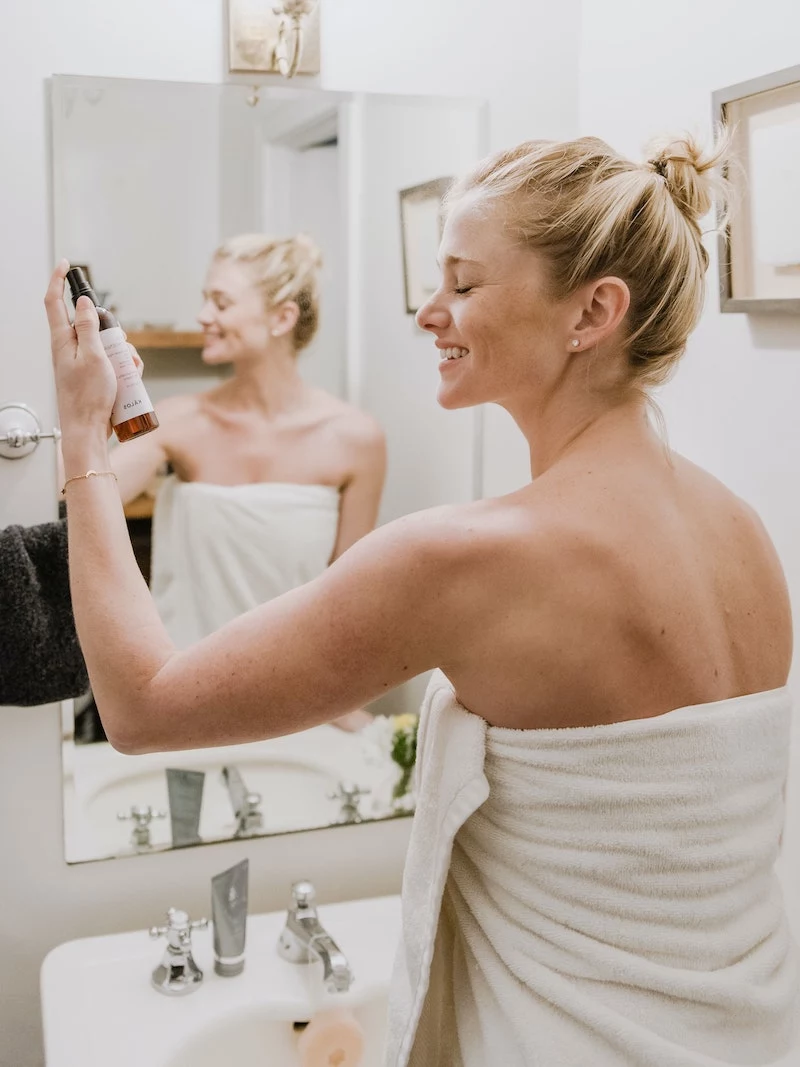
Your scalp has its own microbiome, a unique ecosystem of bacteria and fungi, just like your gut.
When you use overly aggressive, stripping shampoos, you’re not just removing oil; you’re disrupting this delicate balance. This can lead to irritation and signal your scalp to produce even more oil to protect itself. Supporting this ecosystem with gentle, pH-balanced products is the key to long-term scalp health and normalized oil production.
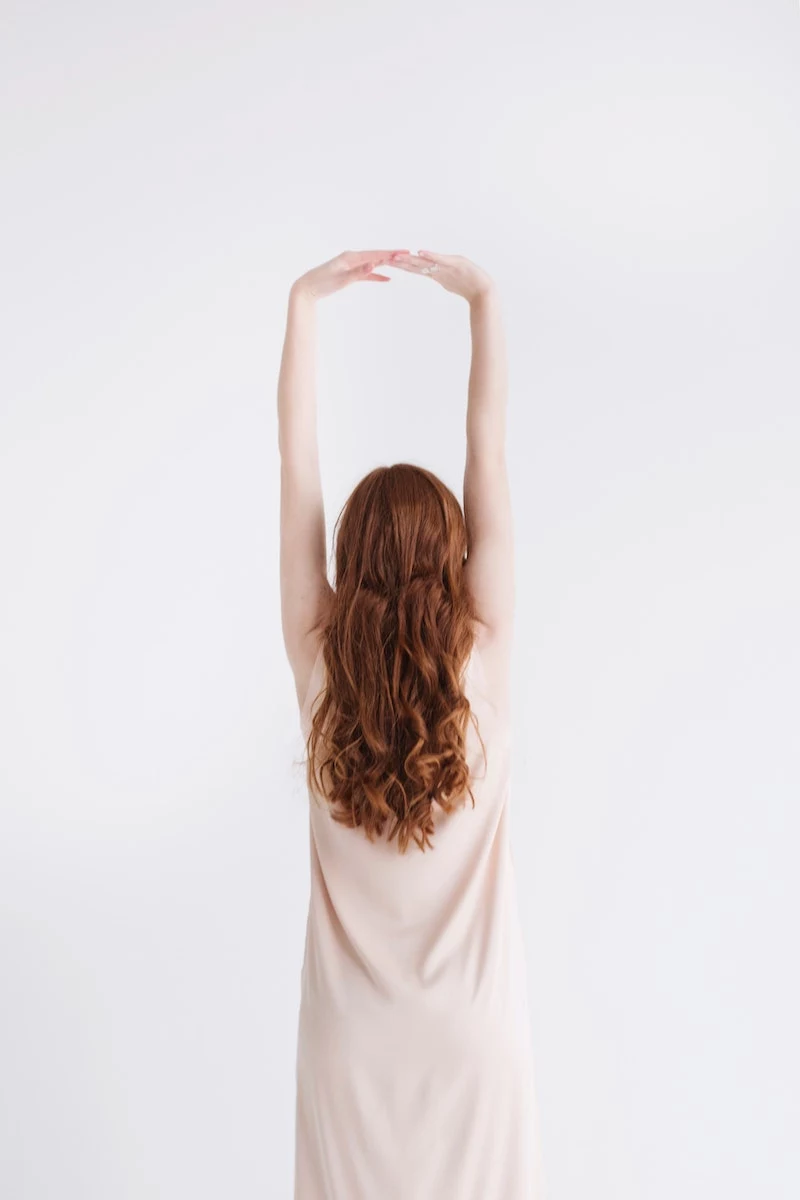
The right clarifying ingredients can rebalance your scalp without stripping it. It’s a matter of choosing the right tool for the job.
Salicylic Acid: Found in targeted treatments like The Inkey List Salicylic Acid Exfoliating Scalp Treatment, this BHA gently dissolves excess sebum and dead skin cells that can clog follicles, preventing buildup before it starts.
Natural Clays: Ingredients like bentonite or kaolin clay, featured in products like the Kérastase Specifique Argile Équilibrante, act like a magnet for oil, absorbing impurities from the scalp and hair for a deep yet gentle cleanse.
For a weekly reset, a clay-based mask is fantastic, while a salicylic acid treatment can be used more regularly to maintain balance.

- You’re constantly touching or running your fingers through your hair. Your hands transfer oils and dirt directly to your strands.
- Your hairbrush is full of old hair and product residue, which you’re reapplying with every stroke.
- You’re rinsing with water that’s too hot, which can stimulate your sebaceous glands.
Sound familiar? These small habits can make a huge difference in how quickly your hair gets greasy.

Think beyond shampoo: The apple cider vinegar (ACV) rinse is a time-tested home remedy for a reason. Its acetic acid helps to remove product buildup and restore the scalp’s natural pH, which can calm overactive sebaceous glands. Mix one part raw, unfiltered ACV with three parts water in a spray bottle. After shampooing, spritz it onto your scalp, let it sit for a couple of minutes, then rinse thoroughly. Use it once a week to help reset your scalp.
Did you know? Double-shampooing isn’t just an upsell; it’s a professional technique for oily scalps. The first wash breaks down oil and product buildup, while the second one actually cleanses the scalp. Use a small amount of shampoo for each wash for best results.










